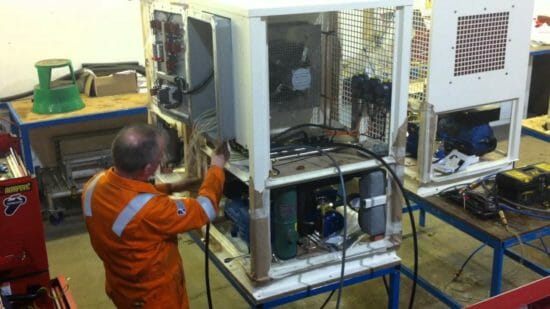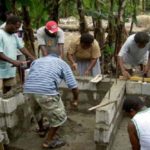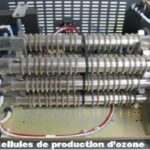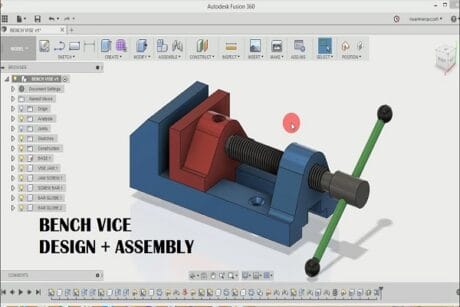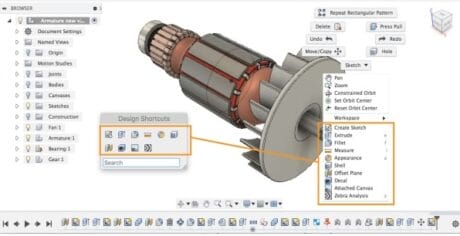No products in the cart.
- Course No E – 1827
- PDH Units: 6
Course No E - 1827
PDH Units: 6
- Course No E – 1827
- PDH Units: 6
Course No E - 1827
PDH Units: 6
Intended Audience: Mechanical Engineers, Process Engineers, and HVAC Engineers
Credits: 6 PDH Units
Oil, Gas, & Chemical (OG&C) facilities are fraught with numerous challenges related to health, safety, logistics, economics, quality assurance and reliability. HVAC design for such facilities needs special considerations not only to minimize the potential loss to capital investment due to fire, explosion and corrosion but also to isolate the personnel from life-threatening environment. Understanding the regulations and standards by which HVAC equipment should be designed and operated in a hazardous area is fundamental to ensuring the personnel safety and asset protection. This 6- hour course discusses the above criteria in detail and provides guidelines of HVAC design for OG&C installations and how to go about carrying out the selection of a proper system and related equipment based on the latest codes, standards, and industry developments, lessons learned and past experiences. This course is aimed at mechanical engineers, process engineers, HVAC engineers, process/production personnel, operation and maintenance engineers, environmentalists, health & safety professionals, loss prevention engineers, industrial hygienists and others responsible for design, engineering, procurement, construction, and upkeep of Oil and Gas facilities and related industries such as chemical, petrochemical, agro-chemical, biotechnology and specialty chemical industry.
Learning Objectives:
At the successful conclusion of this course, you will learn the following knowledge and skills:- Be aware of the critical design issues related to Oil, Gas, & Chemical facilities.
- Learn the relevant codes and standards as applicable to the HVAC design.
- Understand the concept of area classification for hazardous locations.
- Understand the importance of pressure differential between hazardous and non-hazardous areas.
- Understand the critical system parameters that must be controlled and monitored.
- Understand the importance of dilution ventilation to mitigate the impacts of accidental releases of flammable and toxic gases.
- Understand the concepts of air cleaning and filtration requirements.
- Understand the requirements of blast-proof intake and exhaust valves in line with structural requirements.
- Understand the specifications of HVAC equipment and machinery suitable for saline corrosive atmosphere.
- Understand the specifications of HVAC and electrical equipment for OG&C installations.
- Understand the importance of commissioning and documentation.
Once completed, your order and certificate of completion will be available in your profile when you’re logged in to the site.

